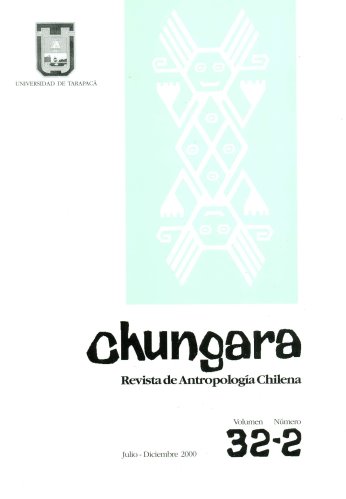| Editorial |
138-140 |
| Francisco Rothhammer, Bruce M. Rothschild, Calogero M. Santoro Vargas |
| |
| Preconceived notions and hypothesis testing: holes in the blue hole |
141-146 |
| Bruce M. Rothschild |
| |
| Occurrence and transitions among the treponematoses in north America |
147-155 |
| Christine Rothschild, and Bruce M Rothschild |
| |
| Unique aspects of west coast treponematosis |
157-165 |
| J.El Molto, Bruce M. Rothschild,., Robert Woods, and Christine Rothschild |
| |
| Transitions among treponematoses in ancient Mexico |
167-174 |
| Josefina Mansilla, Bruce M. Rothschild, Carmen Pijoa, and Christine Rothschild |
| |
| Recognition of treponematoses in post repatriation x ray and CD rom Nebraska record |
175-178 |
| Kar Reinhard, Bruce Rothschild, ChristineRothschild, and LarryMartin |
| |
| Old world origins of syphilis in New York |
179-184 |
| Lorraine P. Saunders, Bruce M. Rothschild and Christine Rothschild |
| |
| La treponematosis (yaws) en las poblaciones prehispánicas del Desierto de Atacama (norte de Chile) |
185-192 |
| Vivien G. Standen y Bernardo T. Arriaza |
| |
| Historical background of the human treponematoses |
193-197 |
| Conrado Rodríguez-Martín |
| |
| La guerra contra las momias en Nueva España: el siglo XVIII, jesuitas, franciscanos, autoridades seculares e inquisición |
199-205 |
| Elsa Malvido Miranda |
| |
| Evidencia de treponematosis en la Cueva de la Candelaria, Coahuila, con énfasis en un bulto mortuorio infantil |
207-210 |
| Josefina Lory Mansilla, and Carmen Ma. Pijoan Aguadé |
| |
| La Cueva de la Candelaria: bultos mortuorios y materiales |
211-216 |
| Carmen Ma. Pijoan Aguadé and Josefina Lory Mansilla |
| |
| Las tradiciones de tierras altas y de valles occidentales en la textilería arqueológica del valle de Azapa |
217-225 |
| Carolina Agüero Piwonka |
| |
| Coexistencia y diversidad tecnica, textural y formal en los textiles de un fardo perteneciente al sitio coyo de San Pedro de Atacama |
227-233 |
| Ana María Rojas Z. and Soledad Hoces de la Guardia Ch. |
| |
| Diademas de plumas en entierros de la costa del norte de Chile: ¿evidencias de la vestimenta de una posible parcialidad pescadora? |
235-243 |
| Helena Horta Tricallotis |
| |
| Funerary regalia and institutions of leadership in paracas and topará |
245-252 |
| Ann H. Peters |
| |
| Prehistoric ethnicity and status based on textile evidence from Arica, Chile |
253-257 |
| Vicki Cassman |
| |
| Estudio de una prenda textil asociada al Inca en la costa norte de Chile (Camarones 9): las "mantas" que envuelven los cuerpos |
259-261 |
| Liliana Ulloa, Vivien G. Standen and Vivian Gavilán |
| |
| Analyses of mitochondrial dna polymorphisms in skeletal remains and extant populations of northern Chile |
263-264 |
| Mauricio Moraga, Eugenio Aspillaga, Pilar Carvallo, Francisco Rothhammer |
| |
| Molecular approach to the peopling of the americas by sequencing mtdna from extinct fueguians and patagons |
265-266 |
| J. García-Bour, A. Pérez-Pérez, E. Prats and D. Turbón |
| |
| The identification and dating of the y chromosome of an american adam |
267-275 |
| Néstor O. Bianchi |

